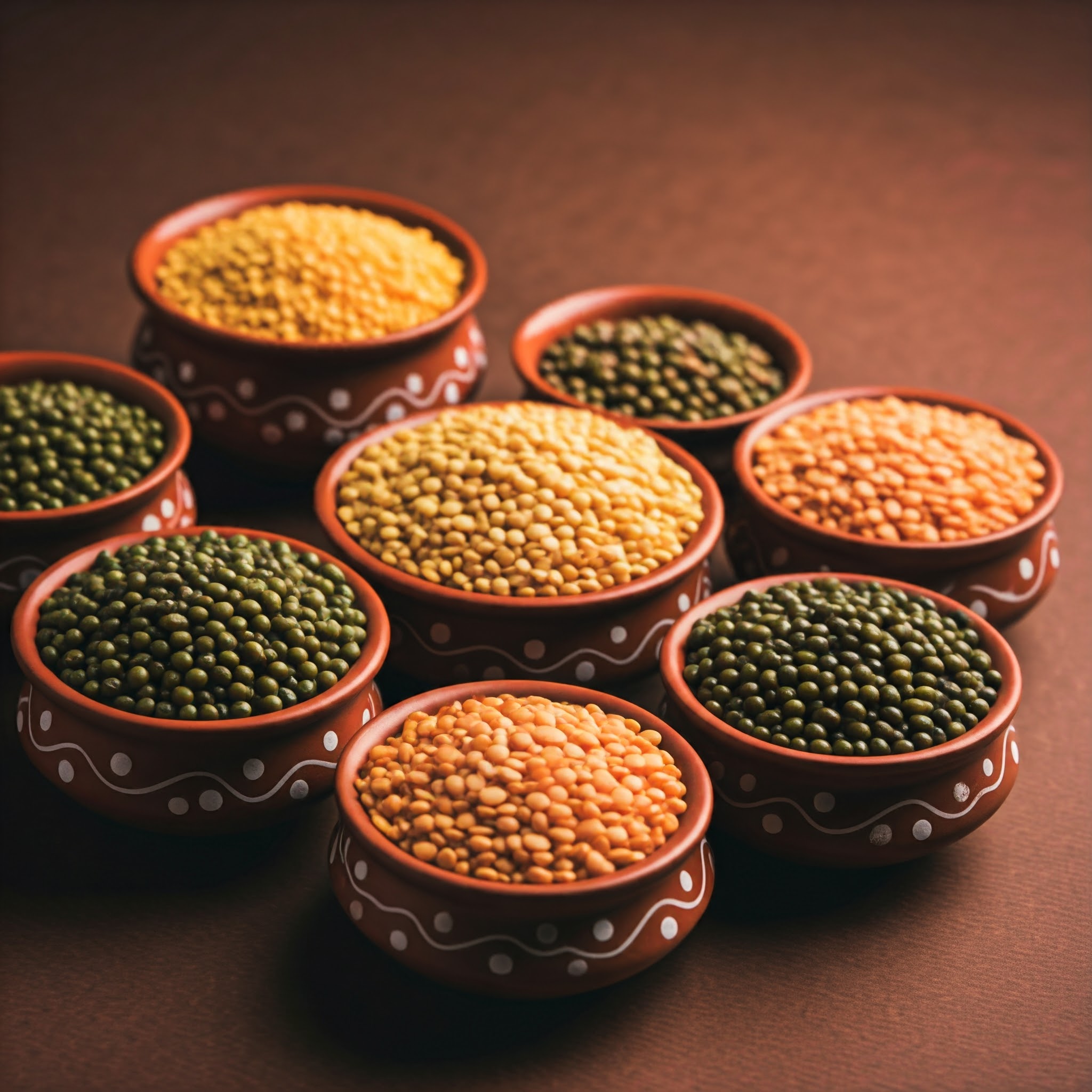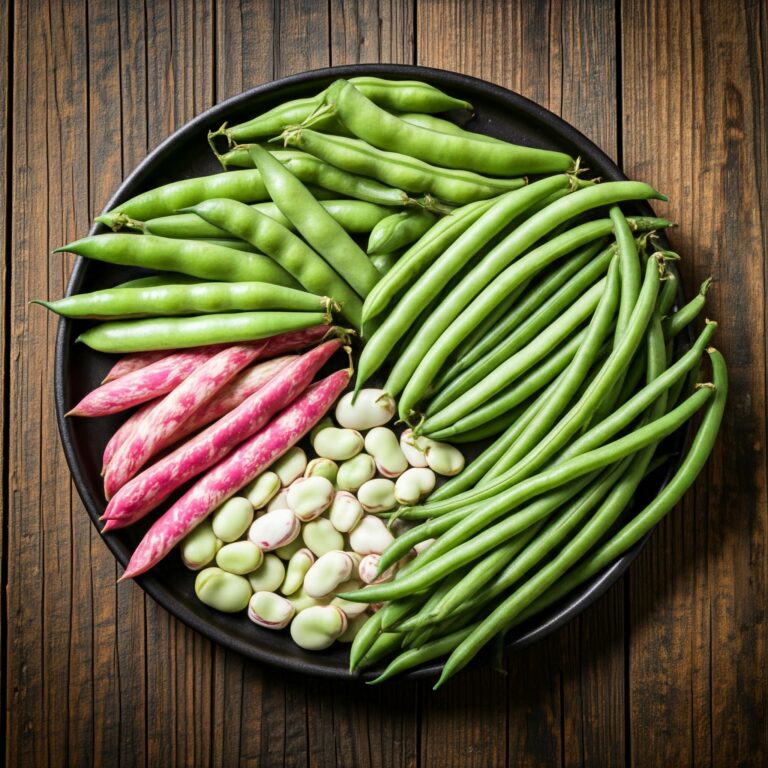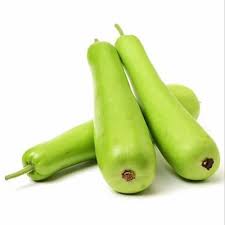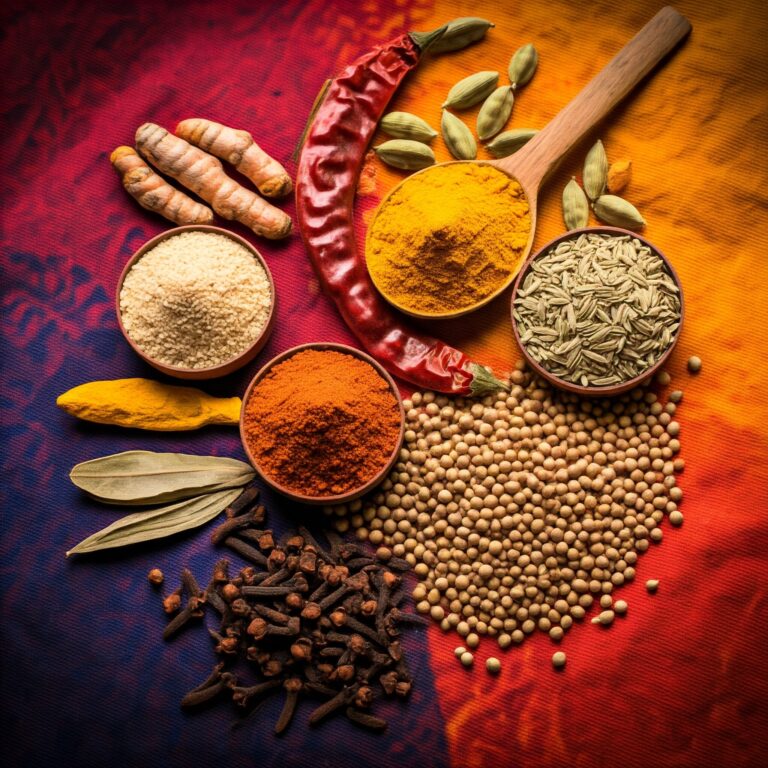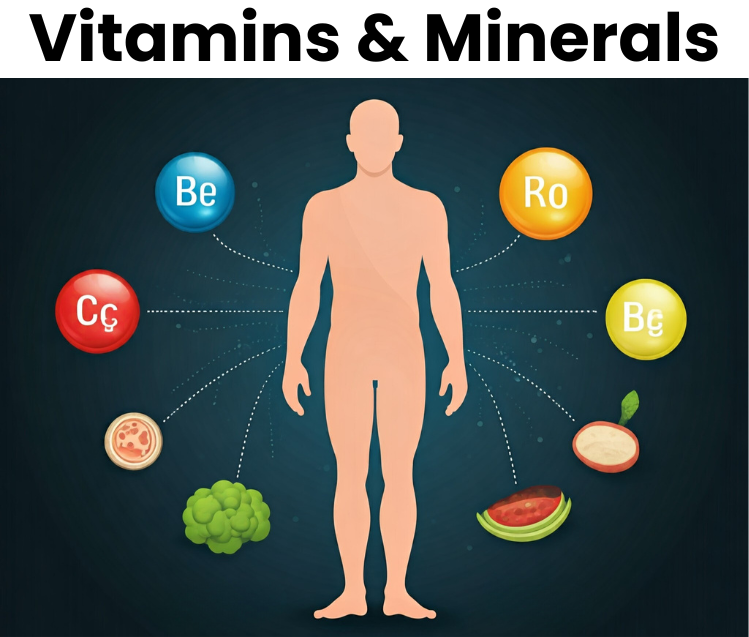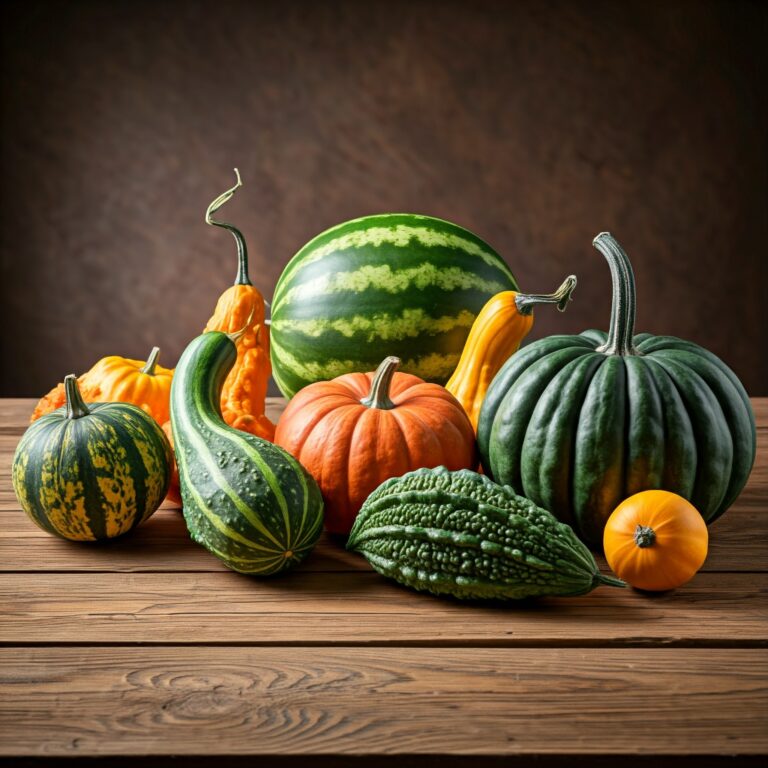An Introduction to Indian Pulses and Legumes
Pulses: The Cornerstones of Indian Cuisine
Pulses, the edible seeds of leguminous plants, have been an integral part of Indian cuisine for centuries. They are not only a staple food but also a powerhouse of nutrients. This blog post will explore the diverse world of traditional Indian pulses, delving into their nutritional profile, health benefits, and culinary applications.
A Nutritional Powerhouse
Pulses are a nutritional goldmine, offering a plethora of essential nutrients. They are packed with:
- Protein: Pulses are a complete source of protein, providing all the essential amino acids necessary for building and repairing tissues. This makes them a great option for vegetarians and vegans.
- Fiber: Pulses are rich in both soluble and insoluble fiber, which aids digestion, promotes satiety, and helps regulate blood sugar levels.
- Vitamins and Minerals: Pulses are a good source of vitamins like folate, B vitamins, and iron, as well as minerals like potassium, magnesium, and zinc.
- Antioxidants: Pulses contain antioxidants that help protect cells from damage caused by free radicals.
Popular Indian Pulses and Their Nutritional Profile
Let’s explore some of the most popular Indian pulses and their unique nutritional benefits:
- Mung Dal (Green Gram): Known for its mild flavor, mung dal is a versatile pulse that can be used in various dishes. It is a good source of protein, fiber, and folate.
- Urad Dal (Black Gram): Urad dal is a staple in many Indian households. It is rich in protein, fiber, and iron. It is often used in idli, dosa, and sambar.
- Toor Dal (Pigeon Pea): Toor dal is another popular pulse used in Indian cuisine. It is a good source of protein, fiber, and potassium. It is often used in sambar and dal makhani.
- Masoor Dal (Red Lentils): Masoor dal is a quick-cooking pulse that is easy to digest. It is a good source of protein, fiber, and iron. It is often used in dal tadka and sambar.
- Chana Dal (Bengal Gram): Chana dal is a popular pulse used in Indian snacks and curries. It is a good source of protein, fiber, and iron. It is often used in chana masala and besan ladoo.
- Rajma (Kidney Beans): Rajma is a hearty pulse that is often used in curries and stews. It is a good source of protein, fiber, and iron.
- Matar (Peas): Matar is a popular vegetable that is also considered a pulse. It is a good source of protein, fiber, and vitamin C.
Health Benefits of Pulses
Consuming pulses regularly can offer a myriad of health benefits:
- Weight Management: Pulses are low in fat and high in fiber, making them a great addition to a weight management diet.
- Improved Digestion: The fiber in pulses helps promote healthy digestion and prevents constipation.
- Heart Health: Pulses can help lower cholesterol levels and reduce the risk of heart disease.
- Diabetes Management: Pulses can help regulate blood sugar levels, making them beneficial for people with diabetes.
- Stronger Bones: Pulses are a good source of calcium and magnesium, which are essential for bone health.
Culinary Applications of Pulses
Pulses can be used in a variety of dishes, from savory curries to sweet desserts. Here are some popular culinary applications:
- Dal: Dal is a staple dish in Indian cuisine that is made by simmering pulses with spices and vegetables.
- Sambar: Sambar is a South Indian stew that is made with lentils, vegetables, and a tamarind-based broth.
- Idli and Dosa: Idli and dosa are South Indian breakfast staples made from a batter of fermented rice and urad dal.
- Pakhora: Pakhora is a deep-fried snack made from pulses or vegetables coated in a batter of gram flour and spices.
- Ladoo: Ladoo is a sweet treat made from pulses like chana dal or urad dal.
Incorporating Pulses into Your Diet
To reap the benefits of pulses, incorporate them into your daily diet. Here are some tips:
- Sprinkle lentils on salads: Add a boost of protein and fiber to your salads by sprinkling cooked lentils on top.
- Use pulses in soups and stews: Add a hearty texture and nutritional value to your soups and stews by using pulses.
- Make protein-packed pancakes: Use pulse flour to make protein-packed pancakes or waffles.
- Create delicious hummus: Make a healthy and flavorful hummus using chickpeas.
- Experiment with different pulse recipes: There are countless delicious recipes that feature pulses. Don’t be afraid to experiment and find your favorites.
Pulses are a versatile and nutritious food that have been a staple in Indian cuisine for centuries. By incorporating pulses into your diet, you can enjoy a wide range of health benefits while indulging in delicious and satisfying meals.

